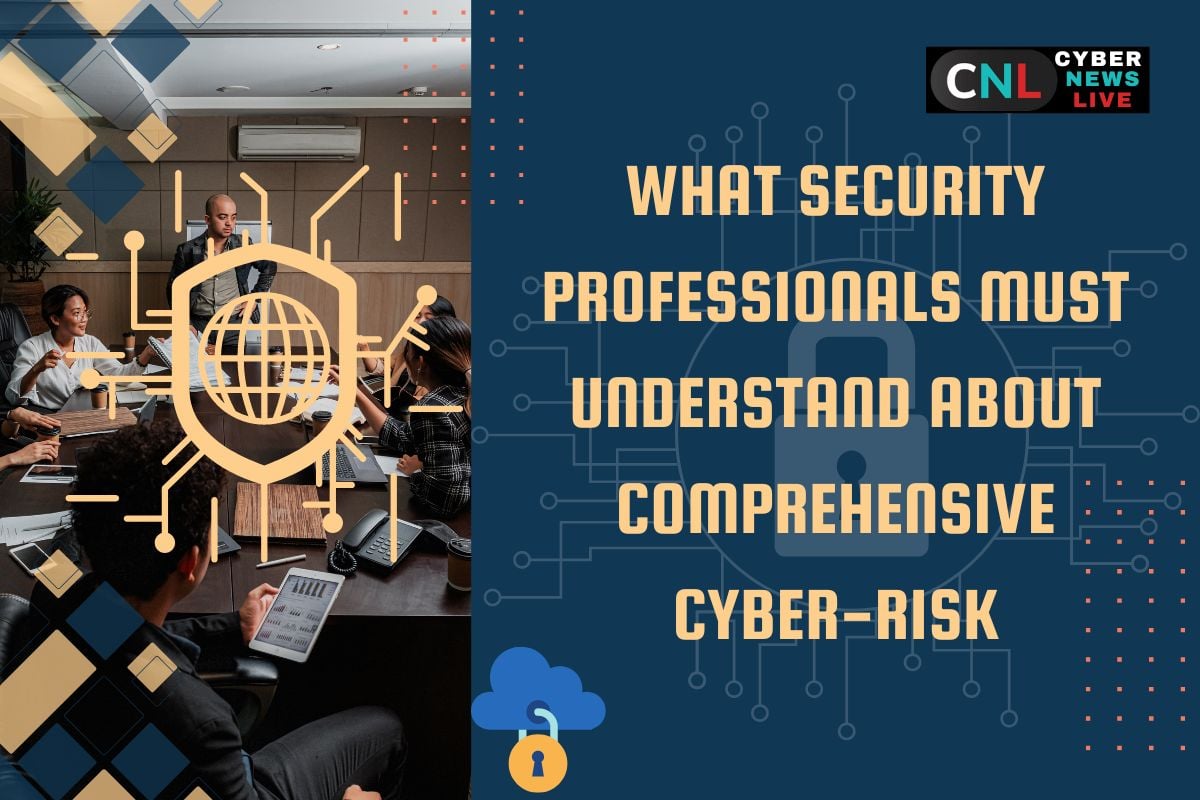
What Security Professionals Must Know About Comprehensive Cyber-Risk
Risk aggregation isn’t new. Insurance companies have long studied aggregate risks—situations where multiple risks combine to create significant impacts. For example, insurers understand that a single hurricane can damage numerous properties simultaneously, resulting in massive claims.
In cybersecurity, this concept is critical yet operates differently. Unlike physical assets, digital assets and security protocols can adapt proactively to mitigate risk. However, the risk remains that a single cyber incident could trigger extensive disruptions, potentially damaging businesses and economies globally.
Cyber-risk evolves rapidly due to the constant emergence of new vulnerabilities. For example, the Coalition reported a 13% increase in Common Vulnerabilities and Exposures (CVEs) between 2022 and 2023, with continuous growth expected. Yet, this dynamic nature doesn’t imply inevitability—organizations can still effectively manage these risks.
Effective Cyber-Risk Management Strategies
Security professionals must shift their perspective and discuss risks in business terms, using financial impacts rather than technical jargon. This approach resonates better with executive leadership and helps secure adequate insurance coverage and resources.
Cybersecurity relies heavily on data. Fortunately, extensive data availability allows precise risk modeling. For instance, a Coalition simulation on 5,000 high-growth U.S. companies estimated a catastrophic cyber incident with a one-in-250-year likelihood could cost $370 million. Extrapolated across the U.S. economy, the losses could reach $30 billion.
However, cyber incidents typically have localized impacts due to the segmented nature of technology infrastructure. For example, a cloud provider outage is more likely to affect limited regions rather than causing a nationwide disruption.
Managing Rather Than Eliminating Risk
Complete elimination of cyber-risk is impossible, but effective management is achievable. Security professionals must:
- Embrace continuous change and evolving threats.
- Use data-driven insights to identify and prioritize key risks.
- Implement robust mitigation strategies tailored to their specific industry and organization.
By understanding and effectively managing comprehensive cyber-risk, organizations can significantly reduce their exposure and maintain resilience against potential catastrophic events.
Stay informed and empowered with Cyber News Live! Join us for insightful discussions, expert analysis, and valuable resources that promote cyber awareness and safety in education. Don’t miss out—tune in to Cyber News Live today!

